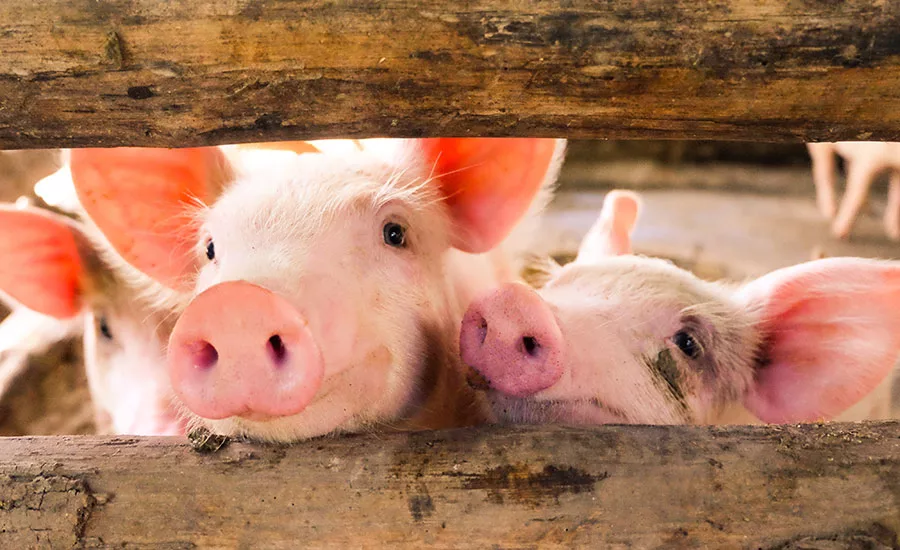USDA FSIS Inspection Systems Produce More Competing Data

The U.S. Department of Agriculture Food Safety and Inspection (FSIS) Service has been inspecting hogs for the past 25 years. The HACCP-based Inspection Model Project (HIMP), later the New Swine Inspection System (NSIS) pilot, in 2014, was produced by FSIS. The goal of NSIS was a more flexible, efficient inspection system for meat and poultry.
The HIMP and NSIS pilots and traditional inspection have produced differing sets of data.
Although the rule for the New Poultry Inspection System was finalized in 2014, the New Swine Inspection Service didn't become finalized until 2019. During that time, lawsuits were filed against the final swine rule, many of which were focused on the line speed issue, which includes the speed for removing dead animals from the kill room floor.
The plaintiffs in these lawsuits include three groups: the Center for Food Safety, Food & Water Watch, and the Humane Farming Associations. These groups are using the tactics of using data for both pilot and traditional inspections, with the argument that the pilot plants have more contamination versus the traditional plants.
Food & Water Watch, on behalf of all of the plaintiffs, analyzed FS-2 violations for HIMP, as well as traditional establishments. It concluded that there were more regulatory violations for fecal and digestive matter on carcasses for pilot plants, versus traditional ones.
FSIS says that NSIS allows processors to reconfigure lines and vary speed, thus improving the effectiveness of slaughtering hogs, and using agency resources better.
The Center for Food Safety said that NSIS plants had almost double the violations of the traditional plants, and also were twice as likely to incur a citation for contamination.
FS-2 violations involve food safety standards covering fecal matter, digestive or ingesta, and milk, which may contain Salmonella. FSIS has a zero-tolerance policy for the violations, including FS-2 violations of carcasses, which are not permitted.
Looking for quick answers on food safety topics?
Try Ask FSM, our new smart AI search tool.
Ask FSM →








